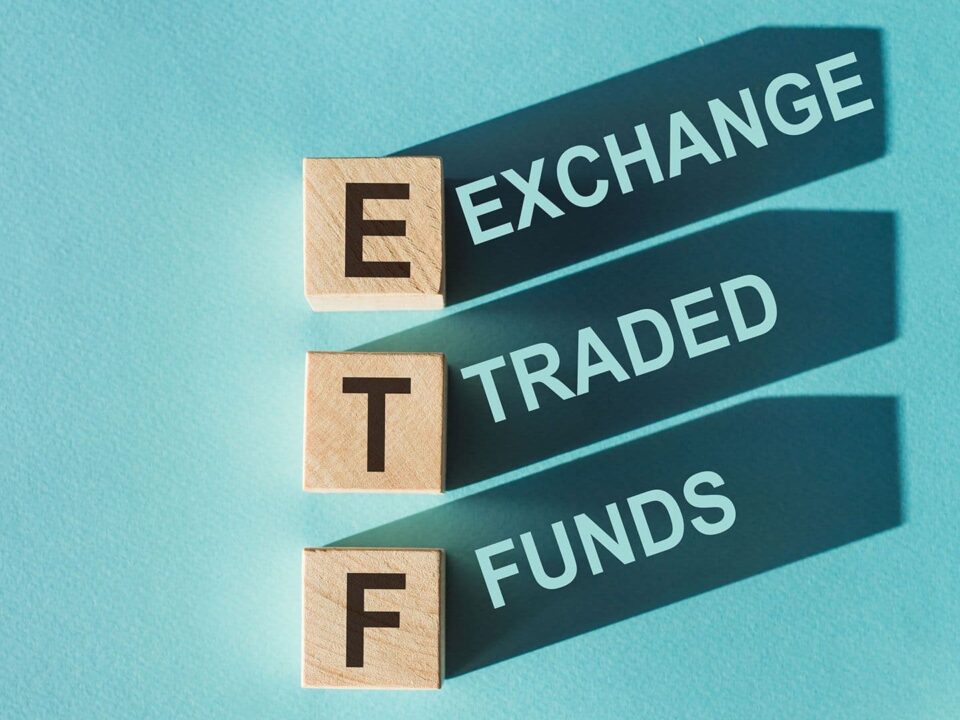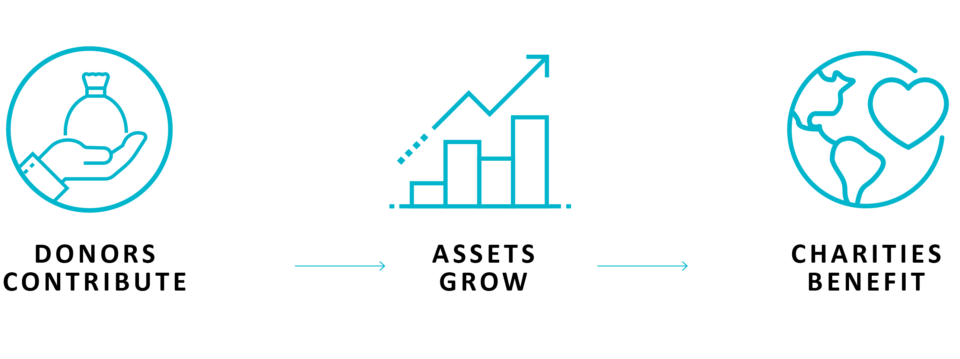
Quarterly Market Review: April 2024
April 1, 2024
Health Sharing as an Alternative to Health Insurance
June 1, 2024By Bradley Miller
Our goal of caring for our clients and delivering value drives us to work hard to understand their financial dreams and what concerns they may have. Many of those conversations revolve around planning for their life funding needs. So, when a person (or couple) chooses to engage with us and become a client; we look at their investment portfolio from a holistic standpoint. One such area of added value is strategic asset location (meaning: which asset class should be held in which type of account). Our country’s current tax code provides us opportunities to serve our clients well through being strategic in where, how, when and what to invest in. Specifically, we look at all of the different account types a client may have and ensure each account intentionally makes the best use of its strategic tax opportunities. After deciding upon how we will invest a client’s portfolio (60% stocks/40% bonds as an example), our next step would be figuring out where to place these specific assets based upon the various account types that the client may have. This may be an area that many clients have not considered within their investment portfolio in terms of where assets should be located, but it absolutely has long-term implications. For example, should the stock portion of their portfolio be placed into a Roth IRA, Traditional IRA, or a Brokerage account? Does it even matter? What about fixed income/bonds? This is one of the many ways that we look to add value for our clients through tax-efficient investing. More specifically, asset location.
I find it easier to think of a bucket strategy. If a client has a $1,000,000 portfolio and we agree that they will be invested in 60% equities/stock, 40% fixed income/bonds – this means that overall, we have $600,000 to allocate towards stocks. For this example, we will assume the client has $200,000 Roth IRA, a $300,000 Brokerage account, and a $500,000 Traditional IRA. In a perfect world, we would want to have our equities located in a Roth IRA. Money in a Roth IRA is able to grow tax-free, thus we want to experience the most growth in this type of an account as withdrawals will be tax-free when you enter retirement. In this example we would have the client’s Roth IRA invested in 100% stocks to begin filling up that $600,000 bucket. With $200,000 in stocks in the Roth IRA, we have $400,000 of stocks remaining that need to be allocated.
Next, we would look at filling up the remaining stock bucket in a brokerage account which is a taxable account. Ultimately, any stock/fund that gets sold at a gain is subject to capital gains tax. These rates are usually lower than your ordinary income rate. So, after the Roth IRA “bucket” has been filled with stocks/equities, we would next look to fill up the brokerage account with stocks. By having equities held in a taxable account, we may be able to take advantage of market volatility and have the ability to perform tax loss harvesting. In this example, the client has a $300,000 brokerage account. We still have $400,000 of equities remaining that need to be invested. Thus, we would potentially look at investing the brokerage account in 100% equities/stocks and we still have $100,000 remaining that needs to be invested in stocks in order to meet the overall portfolio goal of 60% stocks/40% bonds. Within a brokerage/taxable account, we would strive to not hold much in the way of fixed income as bonds generally pay out income/interest often and this is taxable to the client.
Lastly, pre-tax IRA’s (Traditional, SIMPLE, SEP, etc.) grow tax-deferred and any money withdrawn is subject to ordinary income tax. For this client, they have a $500,000 Traditional IRA. We have $100,000 remaining within the portfolio that needs to be allocated to stocks, thus we would fill up the final piece of the stock bucket within the client’s Traditional IRA. The remaining $400,000 in the client’s IRA would be invested in fixed income/bonds. This is where we like to place fixed income/bonds within a client’s portfolio. Bond funds generally pay income/interest monthly or quarterly and if these funds are held in a taxable account, then you will be paying tax on that income. By having fixed income/bonds placed into pre-tax IRA’s, we do not have to worry about any income that the bonds pay out because those funds are held inside of a tax-deferred IRA.
Ultimately, we don’t want to let the tax tail wag the investment dog. However, we can be strategic about where we want to have our assets located, utilizing the various tax attributes of the differing account types a client may have. If you have any questions about this, please don’t hesitate to reach out to us.




